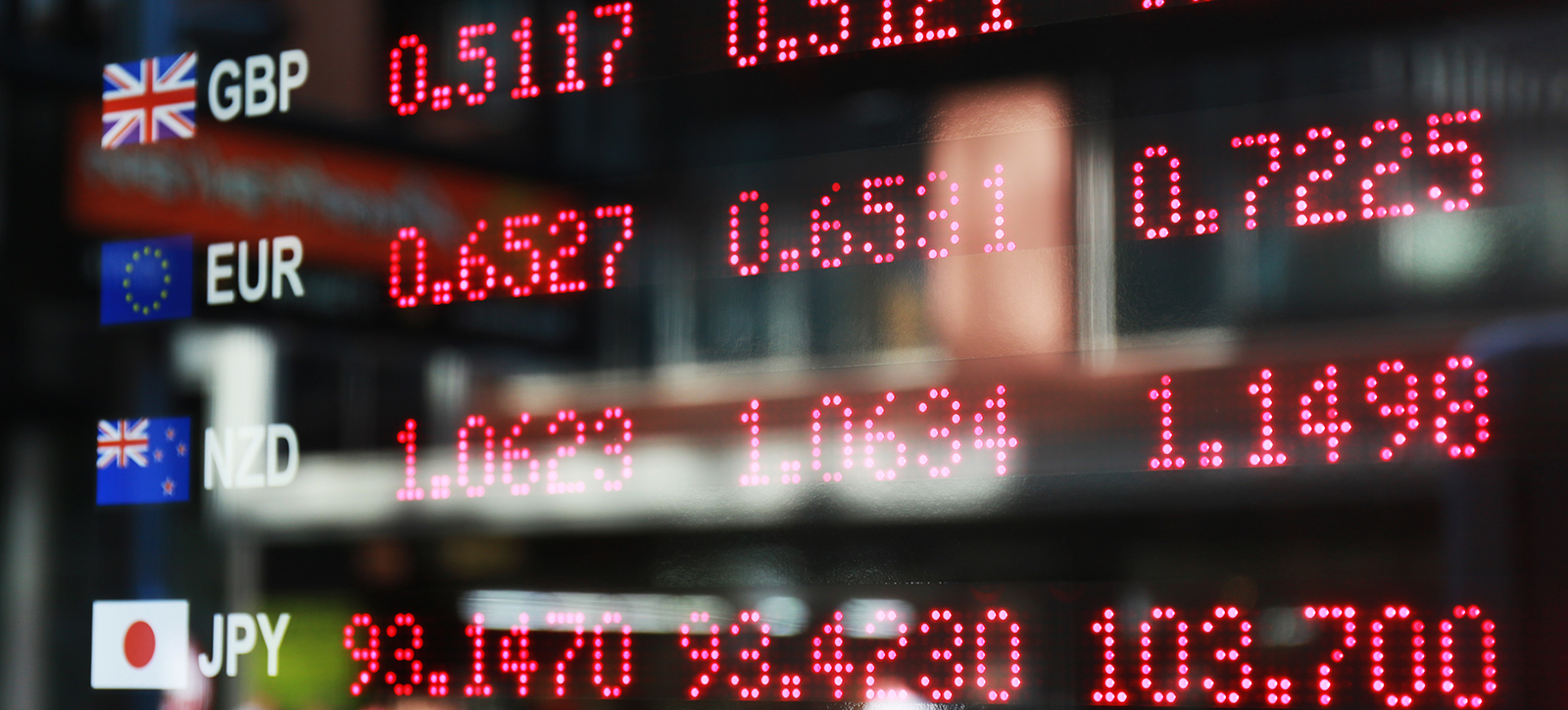
Unpredictable: in recent years the way prices are set for FX swaps has undergone a significant change
With turnover running at more than $3.8 trillion a day, foreign exchange (FX) swaps are the most traded instrument in the global FX market, according to the 2022 triennial central bank survey by the Bank for International Settlements (BIS).
FX swaps allow dealers to exchange currencies, with an agreement to reverse the transaction at a specific date and price in the future. It is a market that is growing rapidly, increasing in size by around 20 per cent in the past three years alone.
Such contracts underpin international trade by helping to manage funding liquidity and as a hedge against exchange rate risk. If there is excess volatility in this market it can lead to a drop in dollar liquidity and restrict cross-border lending, something that could in turn lead to a fall in investment and economic activity.
For many years, the market operated with a pricing system that was both predictable and widely understood. But in recent years the way prices are set for FX swaps has undergone a significant change.
The big change in pricing methods came with the global financial crisis that began in 2007. Prior to that, setting the forward rate on an FX swap contract was a rather mechanical exercise, which was set by the principle of covered interest rate parity (CIP).
Using this equation, dealers set the forward price based on the current exchange rate and the prevailing interest rates for the two currencies being traded. In essence, CIP should hold in a frictionless world where there are no constraints on arbitrage, which is when traders take advantage of price differences across markets.
Thus, in the swaps market traders can generate financial gains if the forward rate is different to the rate implied by CIP, making risk-free profits by borrowing in one currency and lending in the other currency, and so hedging the exchange rate using the forward contract.
Divergence
However, since the global financial crisis, this ‘iron law’ of international finance has largely broken down. Pricing has become much more varied and has been persistently diverging from CIP. In particular, there has been a noticeable premium to swap euros, Swiss francs and Japanese yen into US dollars.
These deviations may indicate excess demand for dollars in the swap market, or they may be due to a more limited supply of dollars because of stricter bank regulations and other funding constraints. For example, since 2008 there has been a greater range of funding costs and tighter regulatory constraints on banks’ balance sheets.
In a world where deviations from CIP are prevalent, dealers need to turn to alternative methods to price forward rates. Can dealers learn about factors that can create demand or supply pressure for dollars in the swap market?
To answer this question, Olav Syrstad, an economist at Norges Bank (Norway’s central bank), and I started with a hypothesis that dealers are now using order flow – which provides a measure of net demand for a currency – as a fundamental signal to help them set the forward price.
This is based on the idea that dealers can use this data to set the forward rate of a contract at a level that would offset any order imbalances and help them to minimise the risk of building up too much inventory.
To understand the situation better we looked for indications from the market that information about the flow of transactions was being used by dealers to set the forward rate.
Before and after 2008
We tested the hypothesis by looking at one-week FX swaps in the inter-dealer market, using data from the Thomson Reuters D2000-2 platform from both before and after 2008. Crucially, we found a significant price impact when there were surprise changes in order flow in the post-crisis period, but no such impact in the years leading up to the crisis.
Prior to 2008, there were only very limited deviations from CIP at times of higher demand for US dollars – we found variations of less than half a basis point for every standard deviation in order flow. But, in the years since the global financial crisis struck, the same increase in order flow has caused a widening of up to five basis points in CIP deviations.
We found two main reasons why this might be happening. According to our estimates, up to four-fifths of the increased price impact since 2008 happens either when funding heterogeneity in US dollars is high – in other words, when there is a lot of variety in the funding costs for dealers – or when an FX swap contract crosses a regulatory reporting date at the end of a financial quarter.
This makes sense, given that higher funding differences reduce the potential for arbitrage, while transactions that cross quarter-end reporting thresholds also coincide with periods when there is less arbitrage capital available. As a result, it becomes harder to balance prices at these times and dealers need to make larger adjustments to ensure there is enough supply so they can balance their inventories.
In sum, demand and supply fundamentals matter for pricing in FX swap markets. Dealers can use order flow to more efficiently set forward prices. This is crucial in a market that is important to hedge exchange rate risk for businesses and financial firms, and is vital to preserving dollar liquidity and the smooth functioning of international financial markets.
Ganesh Viswanath Natraj is Assistant Professor of Finance at Warwick Business School. He is currently teaching on the MSc Finance, MSc Finance and Economics, and BSc Accounting and Finance programmes.




 X
X Facebook
Facebook LinkedIn
LinkedIn YouTube
YouTube Instagram
Instagram Tiktok
Tiktok